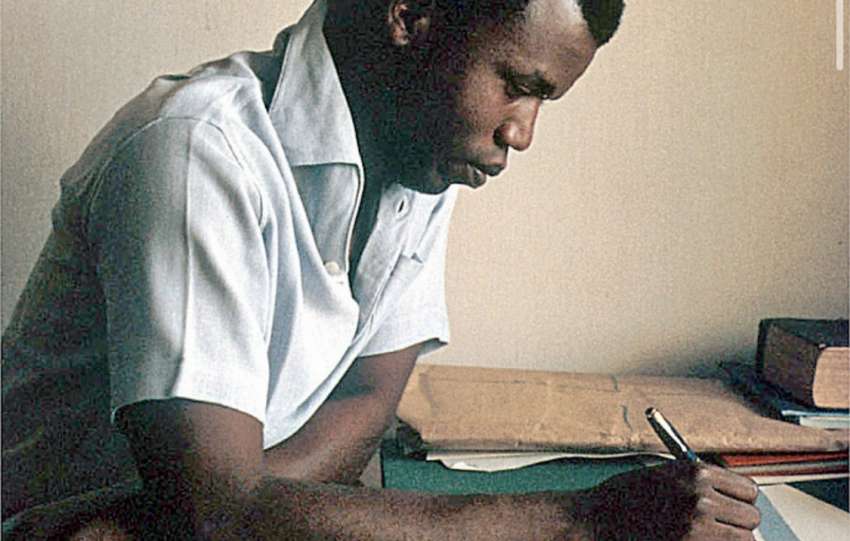
Dahomey women warriors, women soldiers of the western African kingdom of Dahomey, known for their fierceness and prowess in combat and for being protectors of the king. In the Dahomeans’ Fon language, they were called mino (“our mothers”) or ahosi (wives of the king) ; they were dubbed the “Amazons” by Europeans after the fierce women warriors of Greek mythology (McKenna). Renowned for their fierceness and combat prowess, they served as the king’s devoted protectors and elite front-line troops. This unit, which flourished from the 18th century through the late 19th century, was renowned for its fierce discipline, tactical effectiveness, and absolute loyalty, standing as a singular symbol of organised female military power in pre-colonial Africa.
Origins and Rise to Power
The exact beginning of the all-woman force is uncertain. Scholars have posited several theories for their emergence, including:
They initially emerged not as front-line troops, but as a specialised group of royal bodyguards and elephant hunters under the reign of King Huegbadja or possibly King Agaja (c. 1708–1740). Early accounts suggest that the women’s initial purpose was to protect the palace when the male army was away on campaigns.
Some sources say they emerged as a result of the heavy loss of Dahomean men in battles or the transatlantic slave trade and the practice of not allowing men in the king’s palace at night, which required a female unit for security against coup attempts.
While a small unit may have protected the king’s palaces as early as the 17th or 18th century, their numbers and responsibilities significantly increased under King Ghezo (reigned 1818–1858). By the mid-19th century, this professional standing army grew to several thousand women, constituting about one-third of the kingdom’s entire military forces. By the mid-19th century, there were reportedly several thousand women warriors, constituting about one-third of the kingdom’s military troops.
Women joined voluntarily, but others were conscripted after having committed a crime or having been kidnapped during raids on neighbouring kingdoms. Training was brutal and designed to dehumanise and strip recruits of emotional attachment. They were taught to be utterly fearless, performing drills that included scaling thorny barriers and executing prisoners to prove their resolve. This process fostered an intense esprit de corps and absolute loyalty to the crown, placing them outside the domestic roles of Dahomey society.
Benefits and Status
Despite harsh training and the danger of combat, many women were attracted to the high status and rewards, which included:
Housing in one of the king’s palaces, provision of food, alcohol, tobacco, and the service of enslaved people.
The women also got public status when travelling in public; they were accompanied by a servant ringing a bell to announce their presence, requiring the public to move aside and men to avert their eyes.

Military Structure.
At their peak, the women warrior troops were organised into different regiments, each dedicated to performing specific tasks. The troops were highly organised into different regiments, each with specific tasks and weapons:
Gbeto (huntresses): Specialised in hunting and killing game, particularly elephants; possibly the original unit.
Gulohento (riflewomen): The largest regiment, armed primarily with rifles, short swords, or spears.
Nyekplohento (reapers): Carried sharp knives and had a reputation for being ruthless and fierce.
Gohento (archers): Excellent markswomen using bows and poisoned arrows; their role diminished with the rise of firearms.
Agbalya (gunners): Used large artillery weapons for intimidation in battle.

The warrior women fought with distinction in many of Dahomey’s battles with neighbouring kingdoms and, later, against French colonial forces. The first battle they are thought to have participated in was that at Savi in 1727. They fought in several conflicts in the 19th century, including the kingdom’s two wars against the French in 1890 and 1892. However, their end came during the Franco-Dahomeyan Wars (1890 and 1892). Despite their legendary ferocity and bravery, their forces, largely armed with older firearms and bladed weapons, were tragically overwhelmed by the superior technology of the French colonial army, which wielded repeating rifles and machine guns.
The corps disbanded after the final battle in November 1892, following the fall of the Dahomey kingdom.
Their legacy remains profound as they stand as a unique example of institutionalised female military autonomy in pre-colonial Africa. Their story has inspired modern culture, serving as the basis for the fictional Dora Milaje in Marvel’s Black Panther and the focus of the 2022 film The Woman King.
References:
- McKenna, A. (2025, February 12). Dahomey women warriors. Encyclopaedia Britannica.
- Journal of African History. (1994). Women in warfare: The social and economic roles of the Dahomey Amazons. Journal of African History, 35(2), 279–302.
- Law, R. (2008). The slave trade in the Kingdom of Dahomey: An overview. The Journal of African History, 49(3), 325–342.



